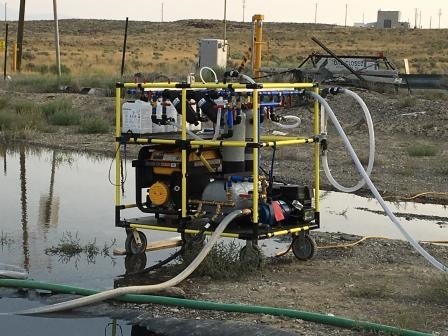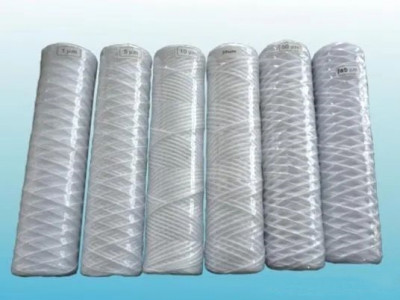Water purification plays a crucial role in disaster relief efforts. When natural disasters strike, access to clean water becomes a top priority to ensure the health and well-being of affected communities. The importance of water purification in these situations lies in two key aspects: ensuring access to clean water and preventing the spread of waterborne diseases.
In disaster situations, the regular infrastructure for providing safe drinking water may be compromised or completely destroyed. This makes it essential to have effective water purification solutions that can be quickly deployed. Limited resources and infrastructure pose significant challenges, but portable water purification devices offer practical solutions.
Compact and lightweight purification devices are ideal for disaster relief scenarios. Filter-based systems can effectively remove impurities such as sediment, bacteria, and protozoa from water sources. These devices use various filtration methods like activated carbon filters or ceramic filters to ensure safe drinking water.
Another portable solution is the use of UV sterilization devices. These devices utilize ultraviolet light to kill harmful microorganisms present in the water, making it safe for consumption. UV sterilization is a chemical-free method that does not alter the taste or smell of the purified water.
Before initiating the purification process, it is crucial to assess available water sources. Rivers and streams can serve as potential sources of water during disasters if they are not contaminated by pollutants or debris caused by the disaster itself. Rainwater collection is another viable option if proper storage facilities are available.
The process of purifying water in disaster situations typically involves several steps. Pre-filtering is necessary to remove large debris and sediments from the water source before further treatment. Filtration using purification devices effectively removes smaller particles and microorganisms that may be present in the water.
In some cases, optional treatment with chemical disinfectants may be required to provide an additional layer of protection against pathogens. Commonly used chemical disinfectants include chlorine tablets or liquid bleach, which can be added according to recommended dosages.
To ensure effective water purification, training and education play a vital role. Relief workers need guidance on proper techniques for water purification to ensure consistent and safe practices. Additionally, educating affected communities about the importance of water purification and providing them with the necessary knowledge empowers them to take control of their own water supply.
Collaborative efforts are essential in disaster relief water purification. Partnerships with NGOs and government agencies allow for the sharing of resources, expertise, and best practices. By working together, these organizations can maximize their impact and reach more affected communities.
Monitoring and evaluation of water purification efforts are crucial to maintain the quality of purified water. Regular testing ensures that the purification methods being used are effective, and any necessary adjustments can be made promptly. Continuous improvement is key in refining purification techniques to provide safe drinking water during disaster situations.
Disaster relief water purification is of utmost importance in ensuring access to clean drinking water and preventing the spread of diseases. Portable solutions like filter-based systems and UV sterilization devices offer effective ways to purify water in challenging conditions. Assessing suitable water sources, following proper steps for purification, providing training and education, collaborating with relevant organizations, and monitoring efforts are all critical components in successful disaster relief water purification initiatives.




